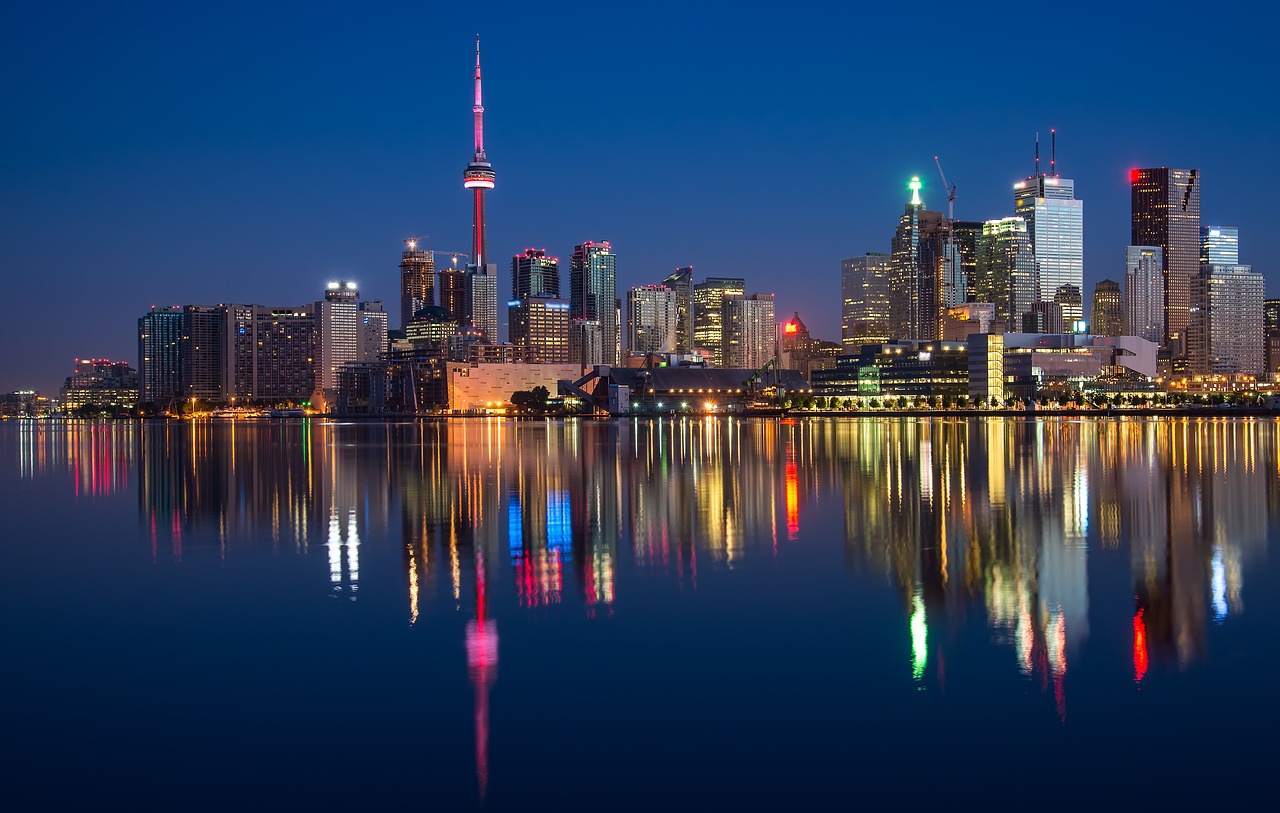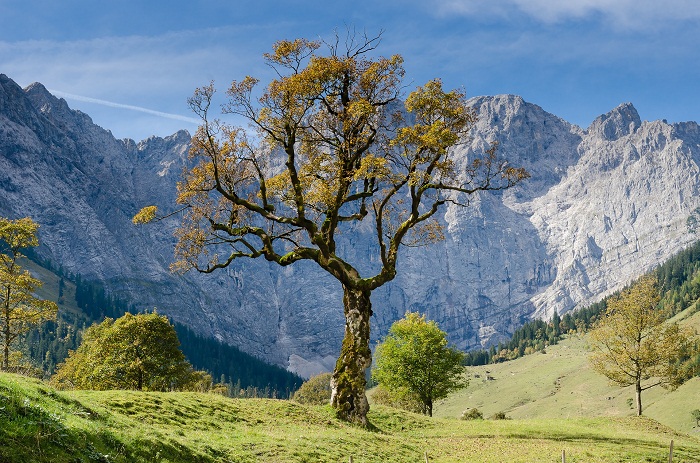
There’s a growing focus on the concept of sustainable cities, and good reason for it. With over half of the world’s population now living in urban areas, society is increasingly pressured to reduce – or at least, stop expanding – our ecological footprint, even as we find new ways to preserve all of our resources.
The overarching goal is to meet our present needs for things like energy, water, food and air without jeopardizing how future generations will be able to meet theirs. That leaves a lot of room for the “how” in making it happen. But, one key to creating the fabric of sustainability in any city is having developers who are dedicated to upholding the principles in the environments they create.
Toronto has strongly encouraged sustainability as a policy principle, which has helped the city reach the 33rd spot among 100 global cities in the 2016 Arcadis Sustainable Cities Index. Developers working in Toronto in turn have risen to the challenge – adding to the city’s cachet even as they help preserve its natural assets.
Different developers have different ways to support sustainability initiatives with their projects. For Mizrahi Developments, for example, sustainability means creating structures that give residents a sense of comfort and belonging, while also meeting the demands of their surroundings. But, the environment plays a part too: Among its other green features, Mizrahi Developments’ iconic The One tower will feature the largest “living” wall of green plantings.
A variety of LEED leaders are also using sustainability imperatives as a basis for Toronto’s transformation. LEED is an acronym for Leadership in Energy and Environmental Design, a certification of the Green Building Council. Buildings that meet LEED standards are resource efficient, using less water and energy and reducing greenhouse gas emissions.
One of the standouts from the Greater Toronto Area is The Cora Group, whose Evolv1 commercial development in Waterloo is distinctive for doing more than just energy conservation. The development actually aims to be energy positive, producing 5 percent more energy than it uses.
The net positive development, which is to be completed in 2018, is a 100,000-square foot tech hub designed for its connectivity. Features will include free parking equipped with electric vehicle charging stations, showers for cyclists and easy access to the new LRT line. Rooftop solar panels will help create its positive energy.
Another noteworthy development is Spectrum Square in Mississauga, a six-storey, cast-in-place-concrete office building. This LEED Gold project features a variety of sustainable features, such as individually controlled ventilation and exterior sunshades. The project has also made creative use of some of its environmental features to expand the user experience. Rather than just using conventional bioswales to remove pollution from stormwater, for example, they have been incorporated into the public space landscape to make it more welcoming and foster a sense of community among employees at the building.
The Ryerson University Student Learning Center, a $78 million, 156,000-square-foot building, also earned a LEED Gold certification. Completed in 2014, the center is distinguished by a design that connects the campus – and its students – with the vibrant downtown environment around it.
A notable energy-saving design feature that also enhances the user experience can be found in the building facades. They are composed of digitally printed fritted glass creating a varying pattern. This both controls the building’s heat gain, but also frames the view of the city around it – without an actual frame construction. The frit modulates the light quality to add to the sense of an overcast or sunny day inside the building.





Leave a Comment